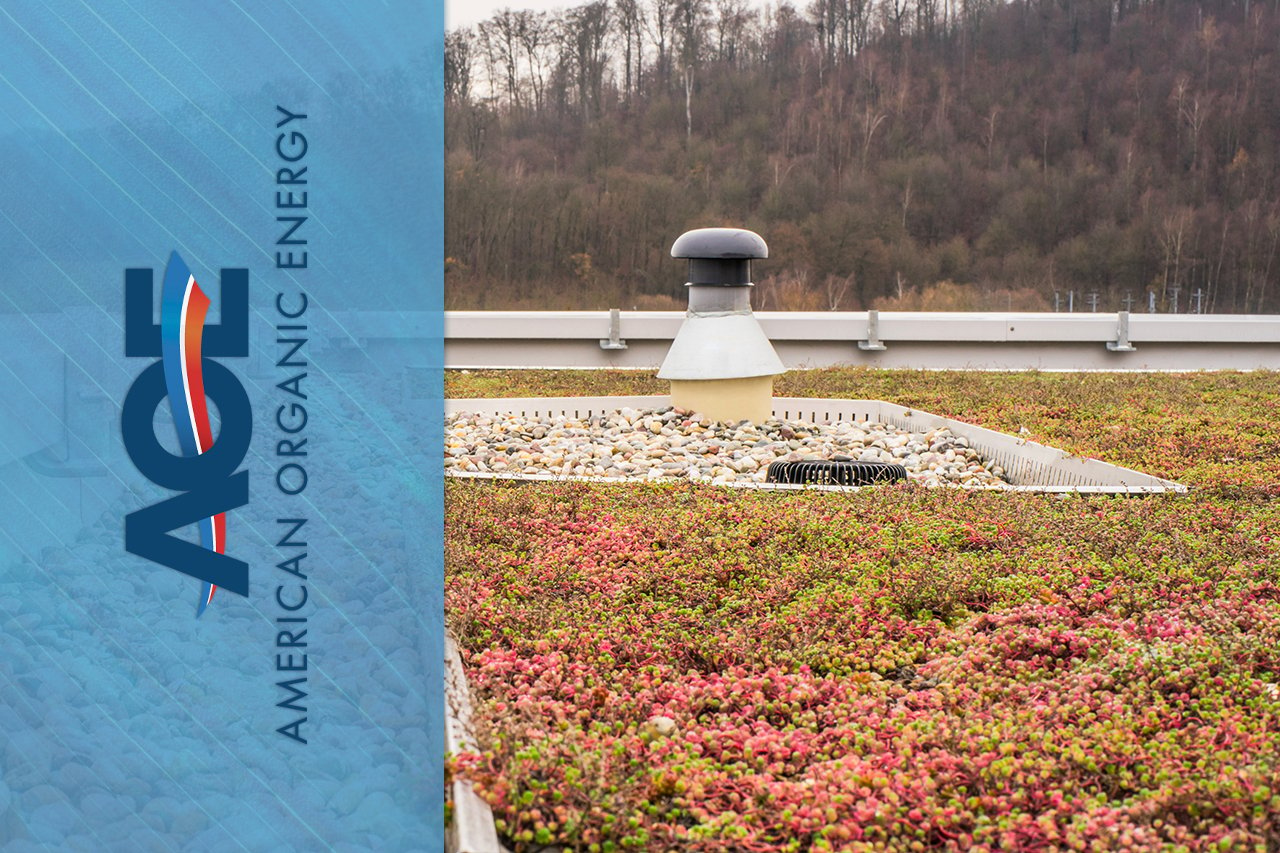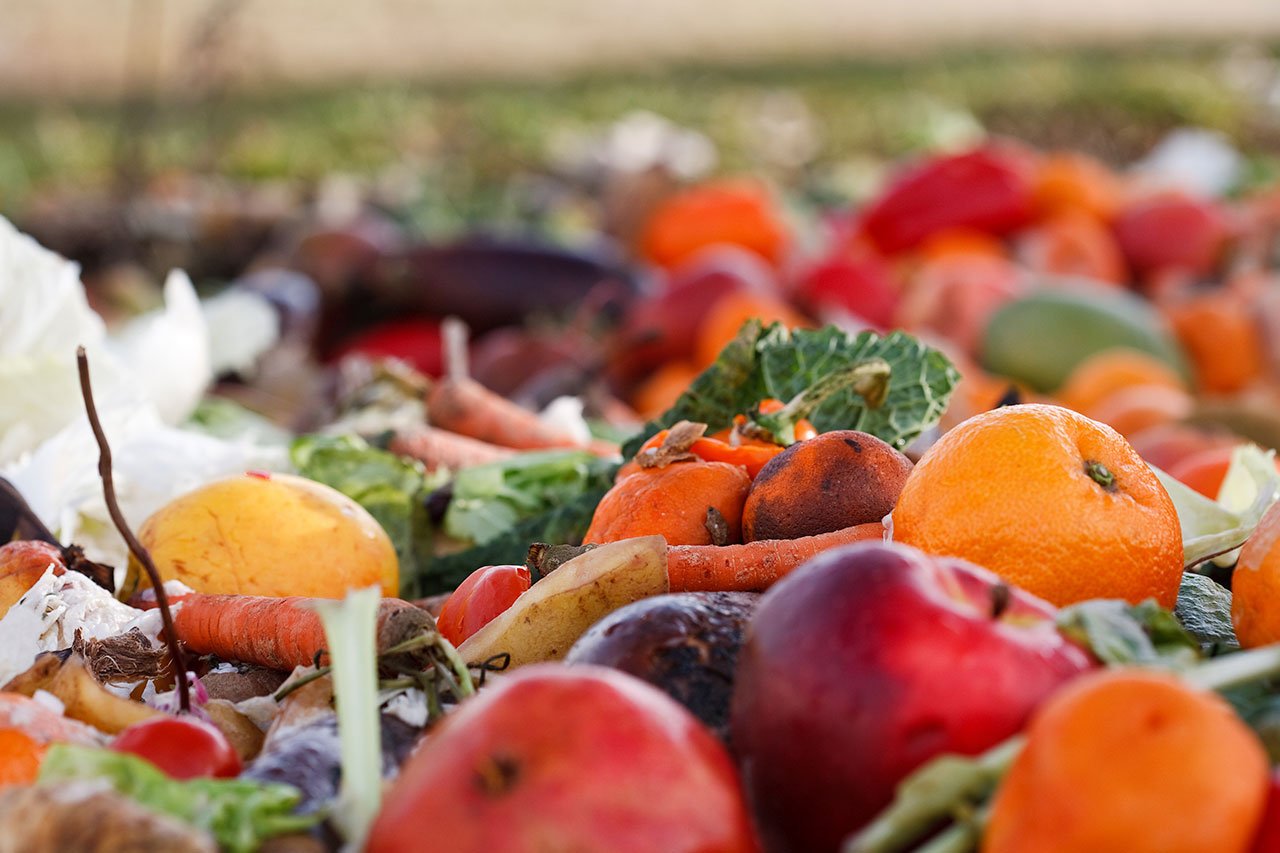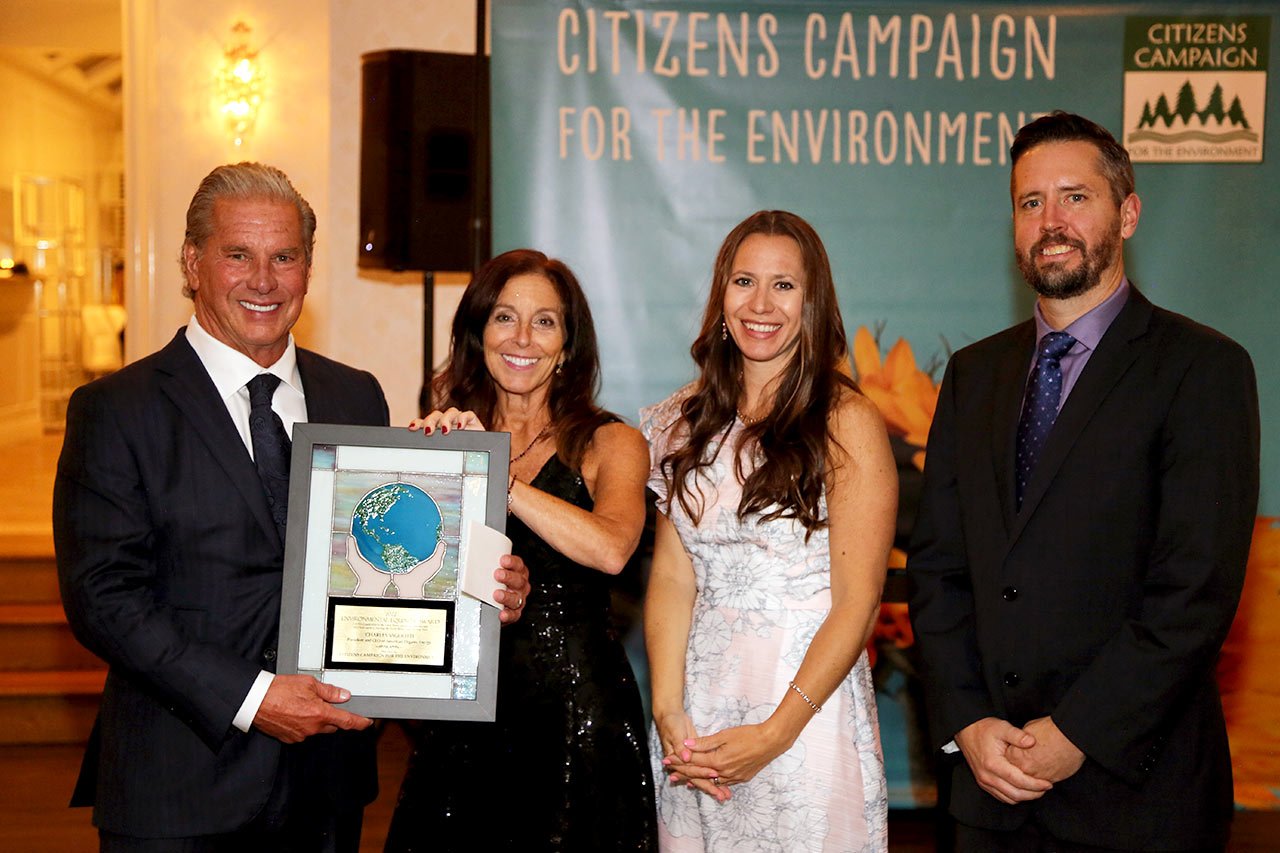Green roofs are renowned for their sustainability and eco-friendly benefits, but require a certain degree of maintenance during the winter months to remain viable throughout the year. From conducting adequate research prior to planting, to ensuring that proper care is exercised during colder periods, understanding the mechanics of a green roof is critical to ensuring its survival.
Setting the Stage
To provide your green roof with the best chance of thriving, it is generally advisable to plant native species—those already accustomed to the surrounding climate, types of soil commonly found, and amount of sunlight and rain typical to the area. These will likely be less susceptible to extreme conditions, and therefore, better suited to developing necessary environmental defense mechanisms.
Those most adaptive to colder climates include succulents, sedum sarmentosum, sempervivum, grasses, carex flacca and carex glauca, carex elata 'Aurea,' groundcovers, and ophiopogon japonicas. Juniper shrubs, and other evergreens, are also ideal, as their thicker soil base provides added protection from the elements.
A Green Roof for All Seasons
Preparation is key when maintaining your green roof during the colder winter months. Leading up to the the deep freeze, it’s important to check all caulking and ensure that any access areas are sealed properly. If wind or water erosion has occurred during the warmer spells, be sure to alleviate these issues during the off-season to set the stage for growth come spring.
As much as you may be tempted to prune vegetation in preparation for winter, it’s actually ideal to leave any dry seed stalks intact, as these are designed to protect the core of the plant, leading to new growth during the warmer months. Be sure to thoroughly clean all drains and gutters, as the melting of snow and ice will create undue stress on waterproofing.
Once the inclement weather hits its stride, snow removal is imperative to avoid damaging the existing foundation, as drifts and accumulation can put a strain on the green roof. It’s suggested that you leave a 4-inch buffer of snow, so as not to damage the existing foundation and unnecessarily uproot any of the more shallow foliage.
An Abundance of Benefits
With the proper maintenance, green roofs can provide increased insulation, leading to decreased heating costs during the winter months. According to a study conducted by the University of Toronto during the months of January and February, potential energy savings were estimated to be between 5.63% and 5.95%—and up to a whopping 61% for upper-level floors.
The analysis compared an asphalt roof against the properties of a green roof, and studied the conditions of both a standard test house and an energy-efficient, winterized home. While both presented sizable differences, the fluctuation in home heating costs was far more drastic on the standard dwelling due to the substantial reduction in wind speed and the modified “microclimate” created above the roof.
The benefits to building a green roof are endless, from both an environmental and energy-saving perspective. In addition to the aesthetic appeal, the cultivation of this type of landscape has become a crucial turning point in the battle against global warming.








